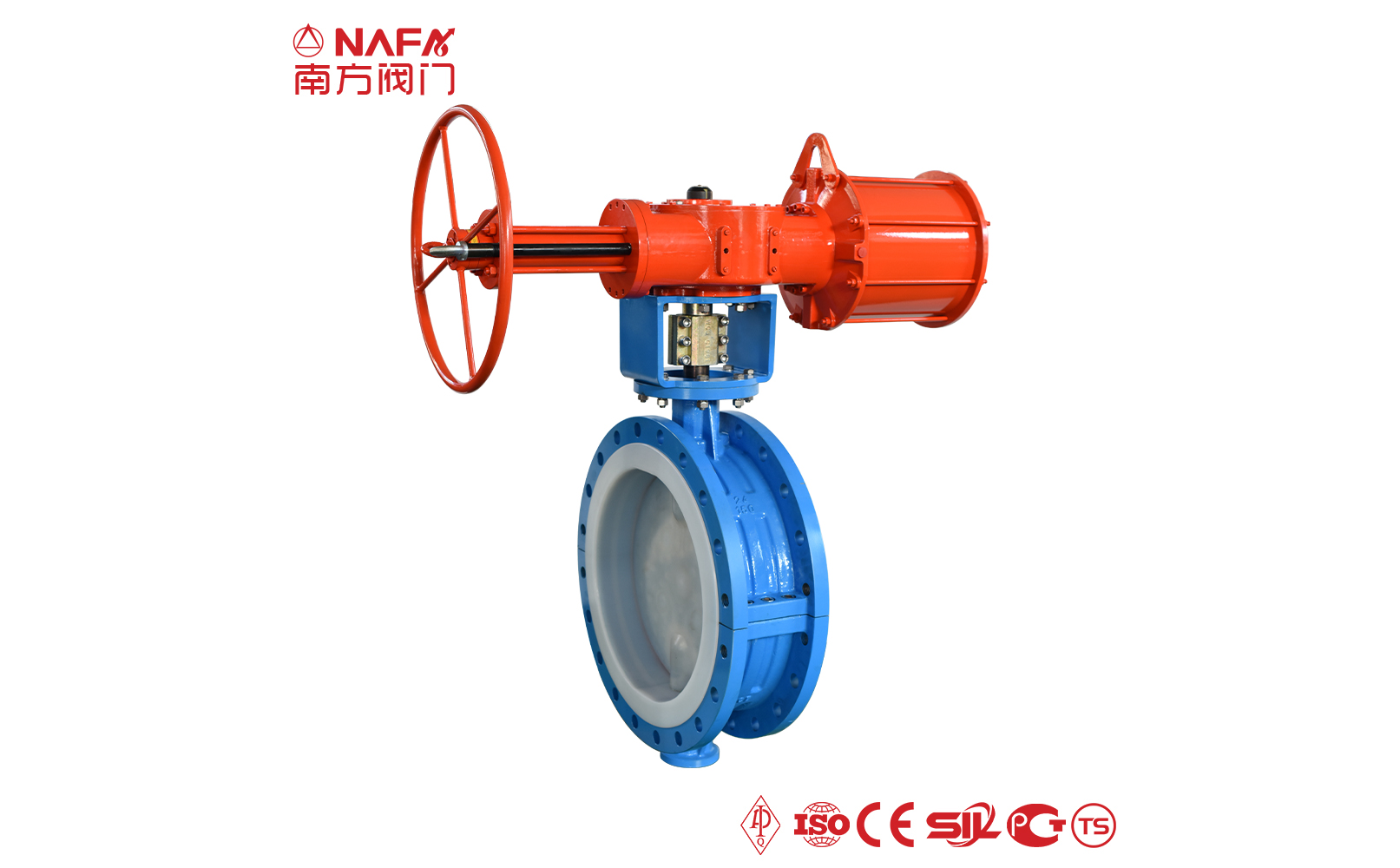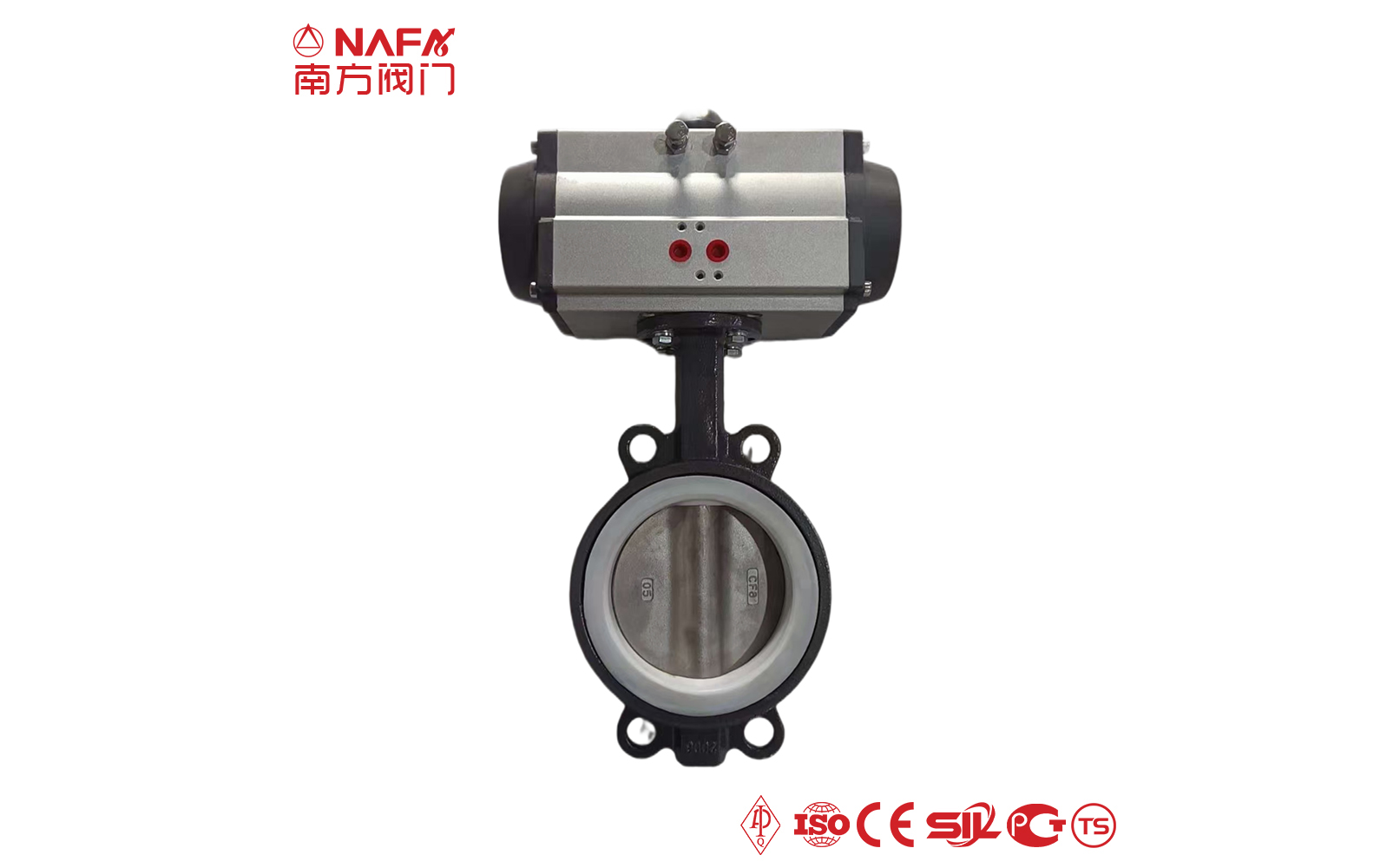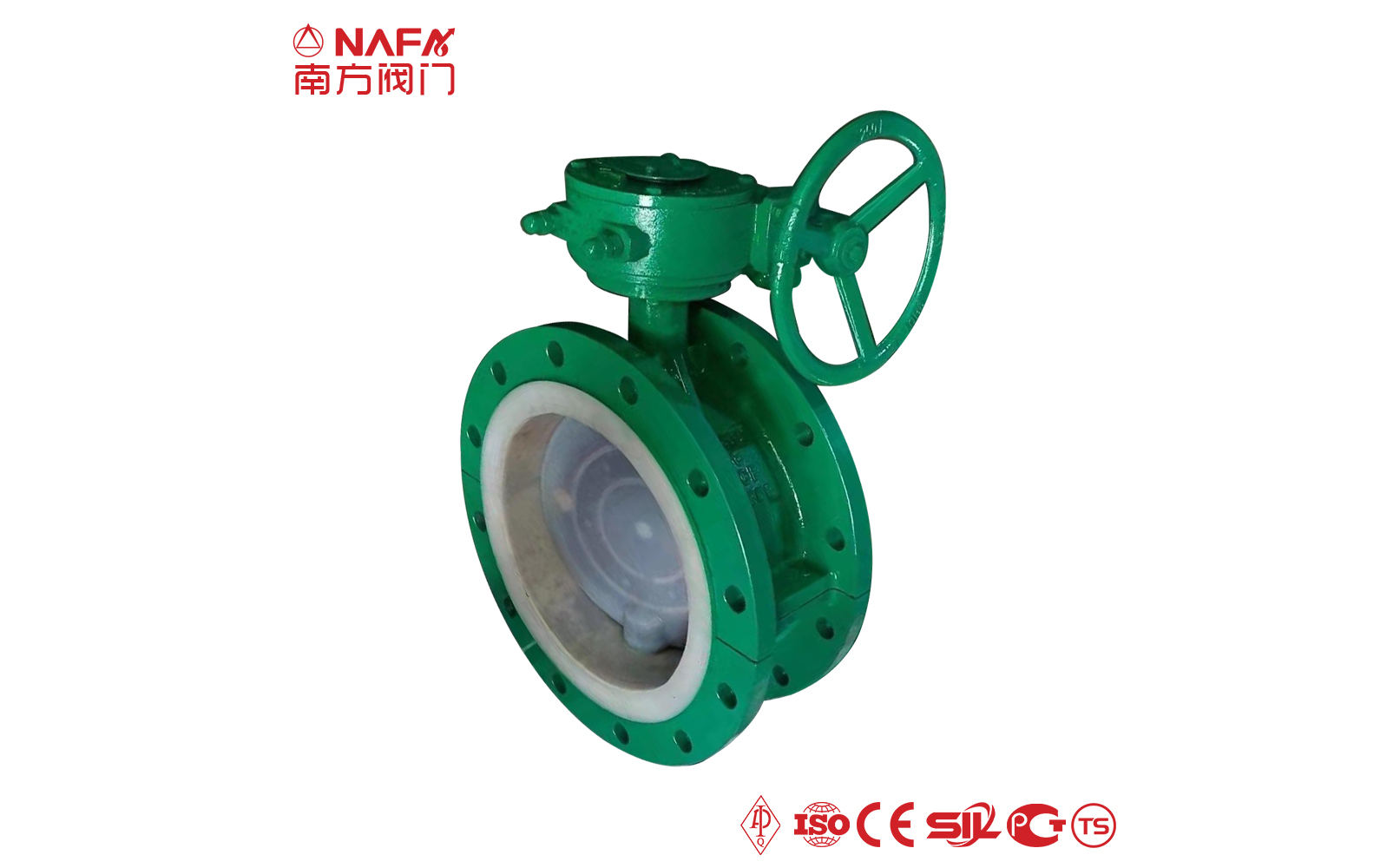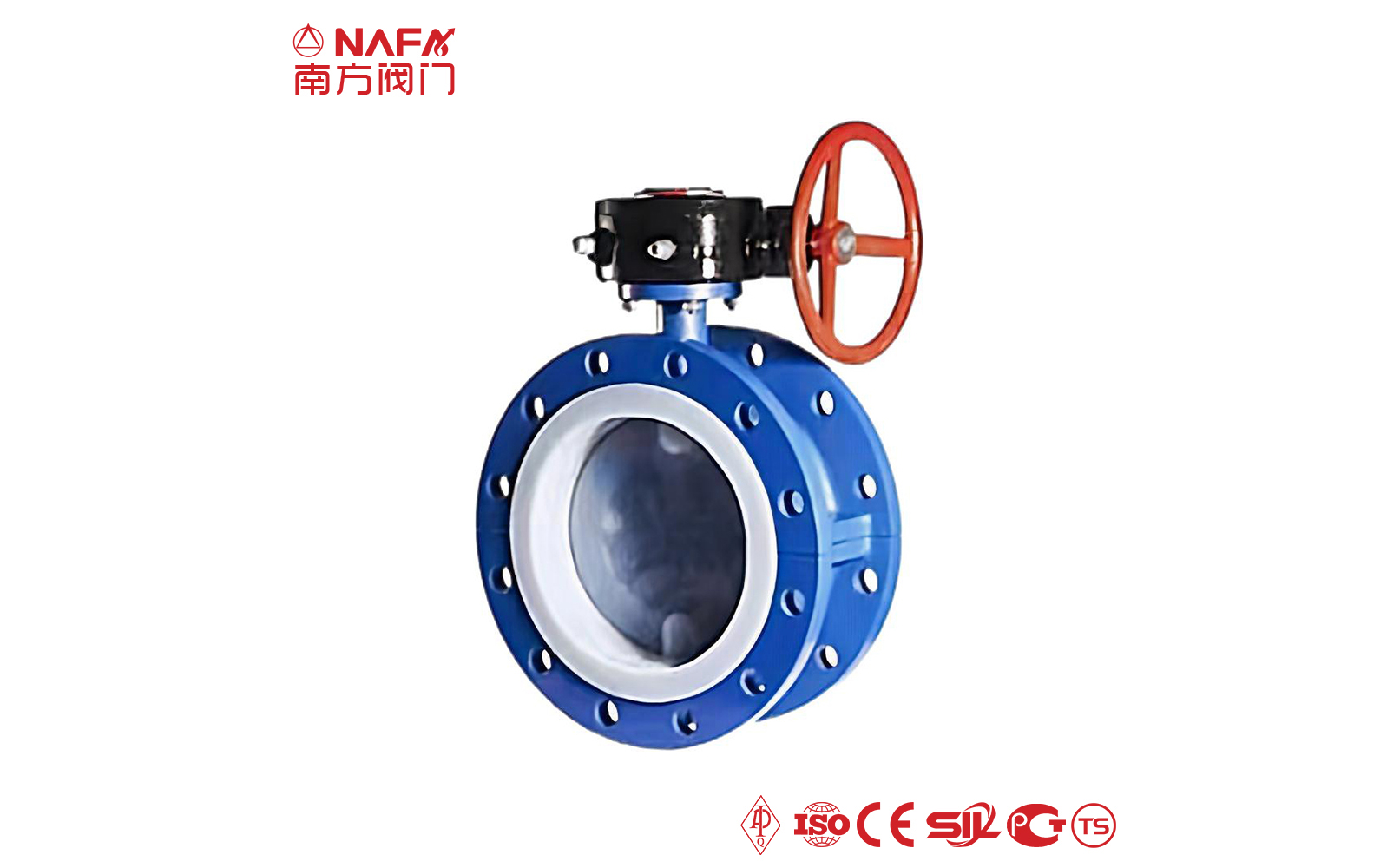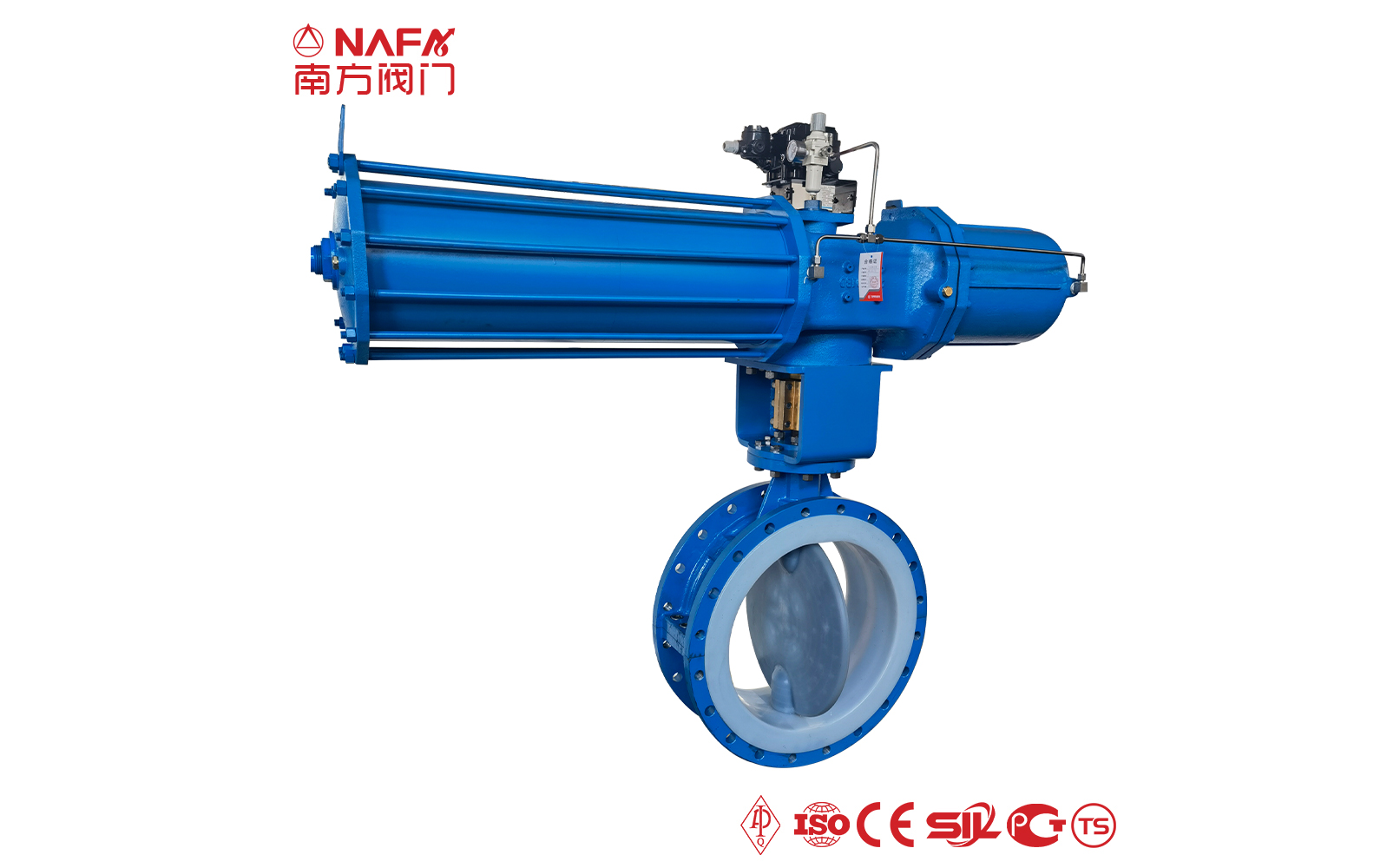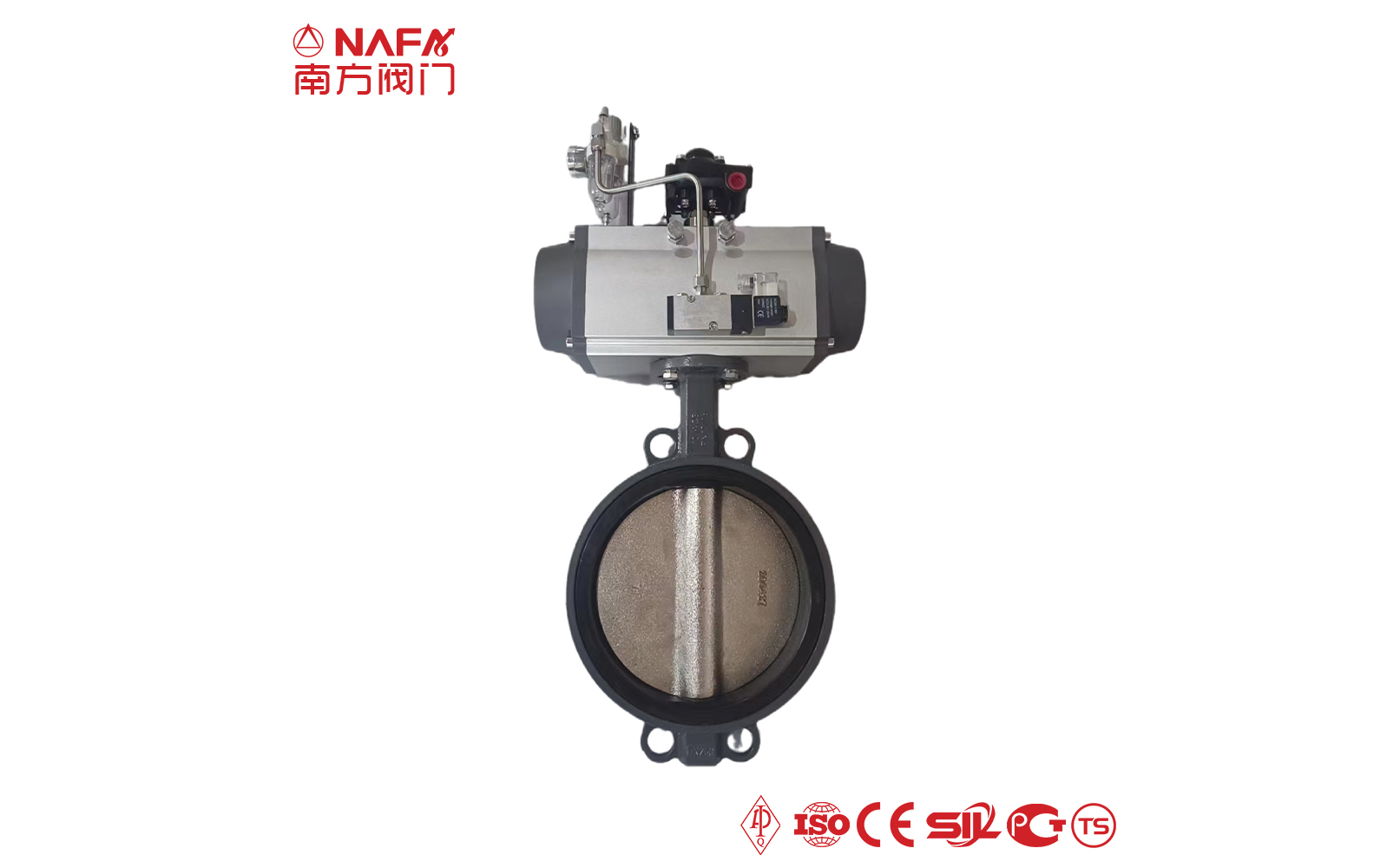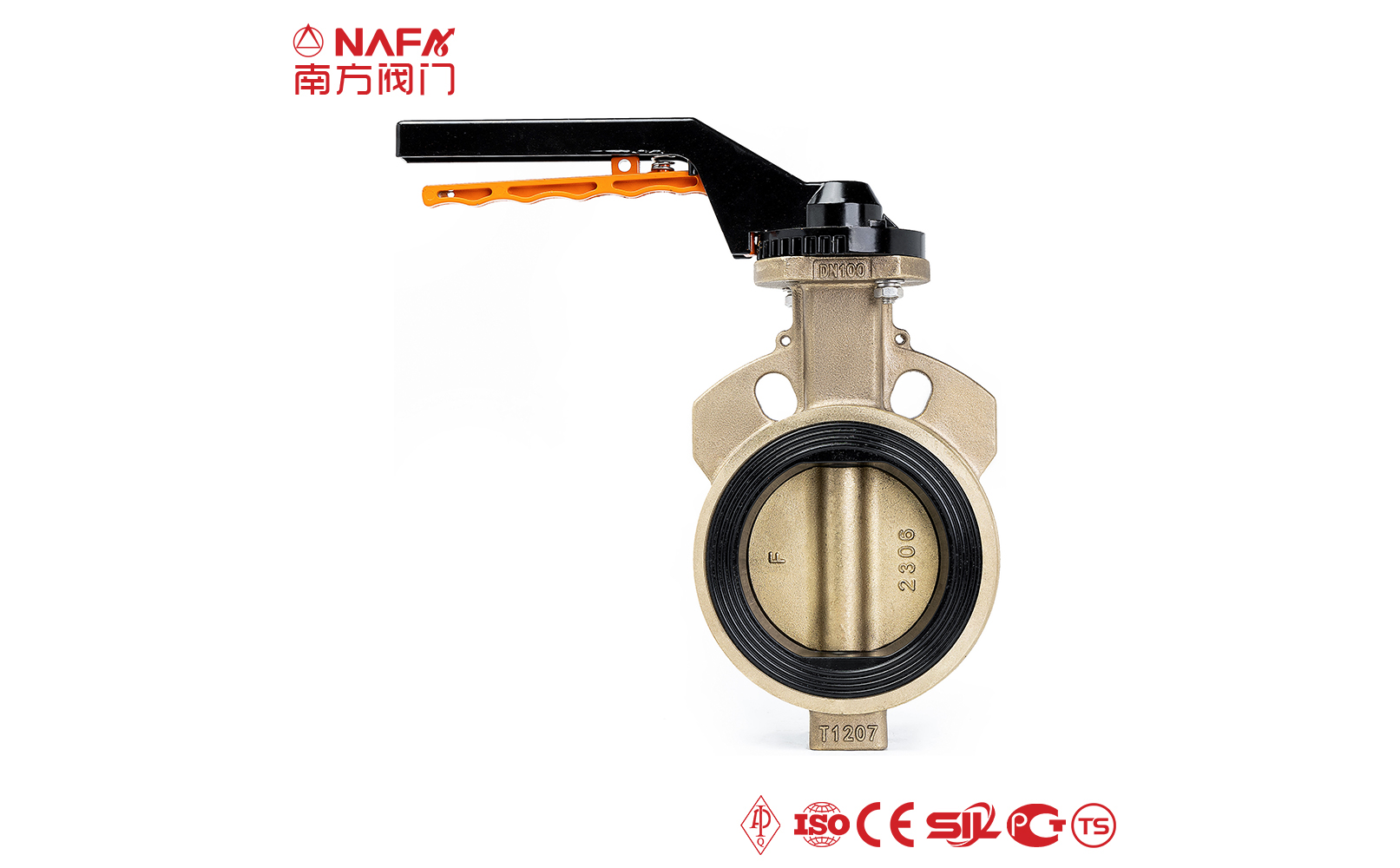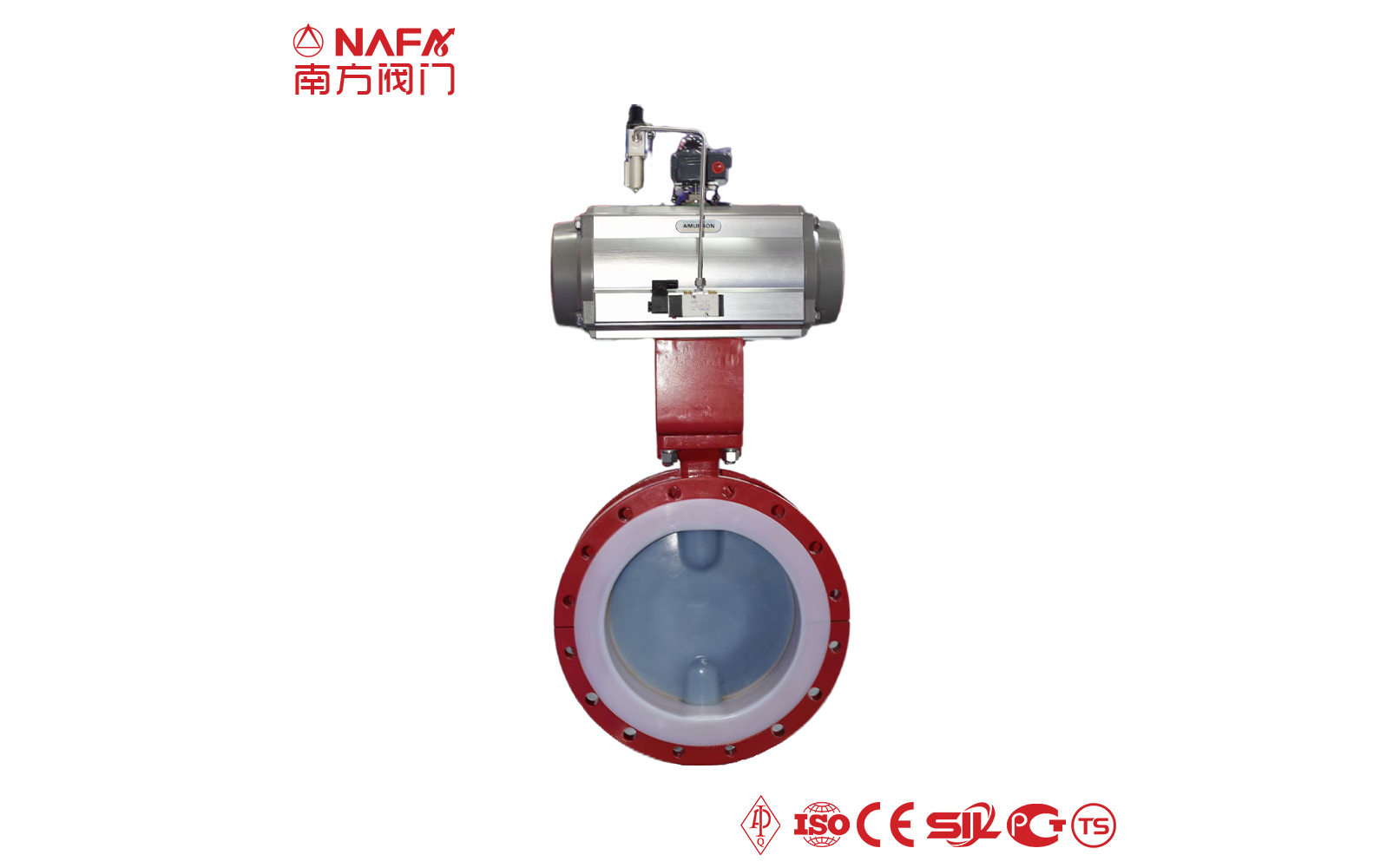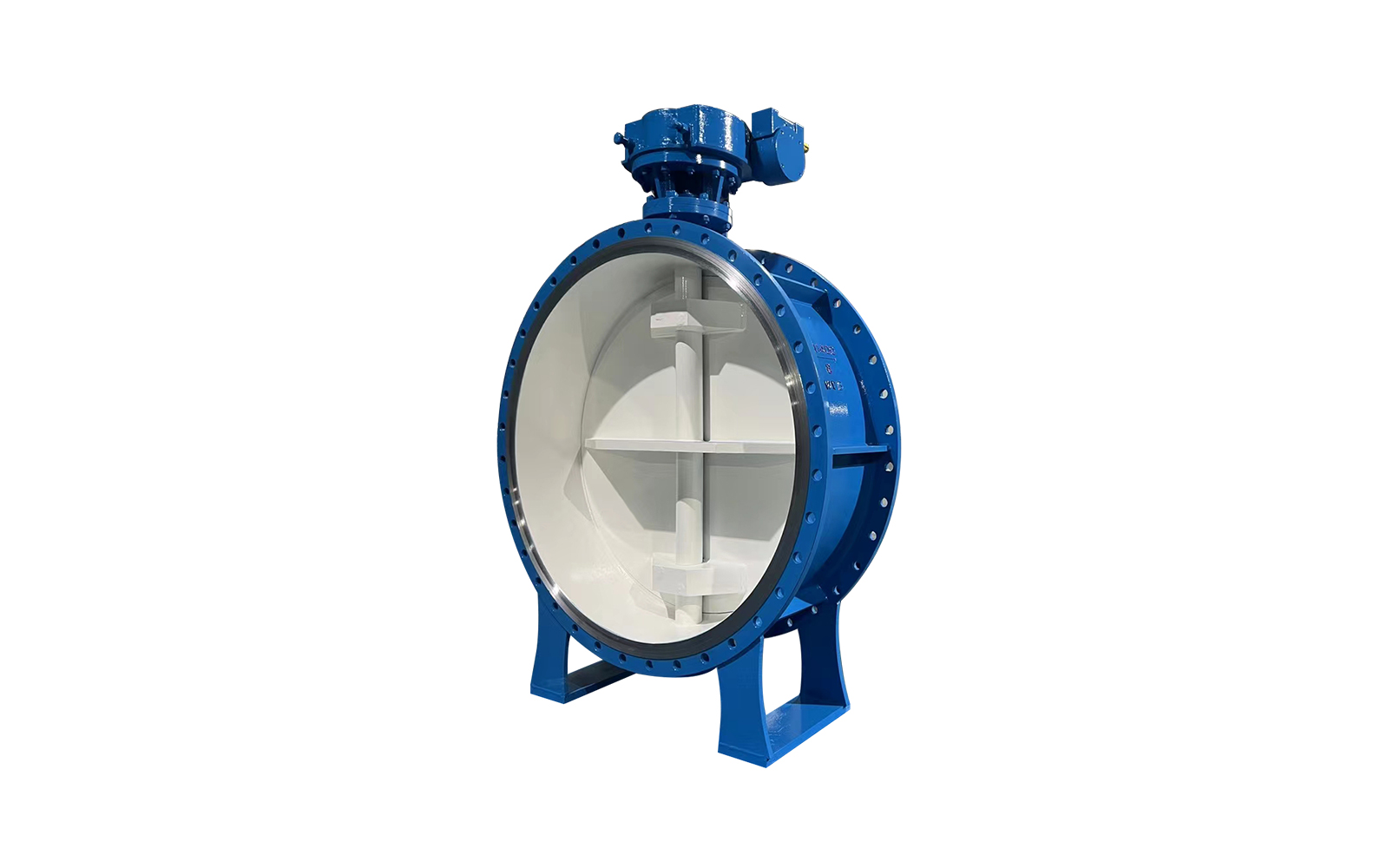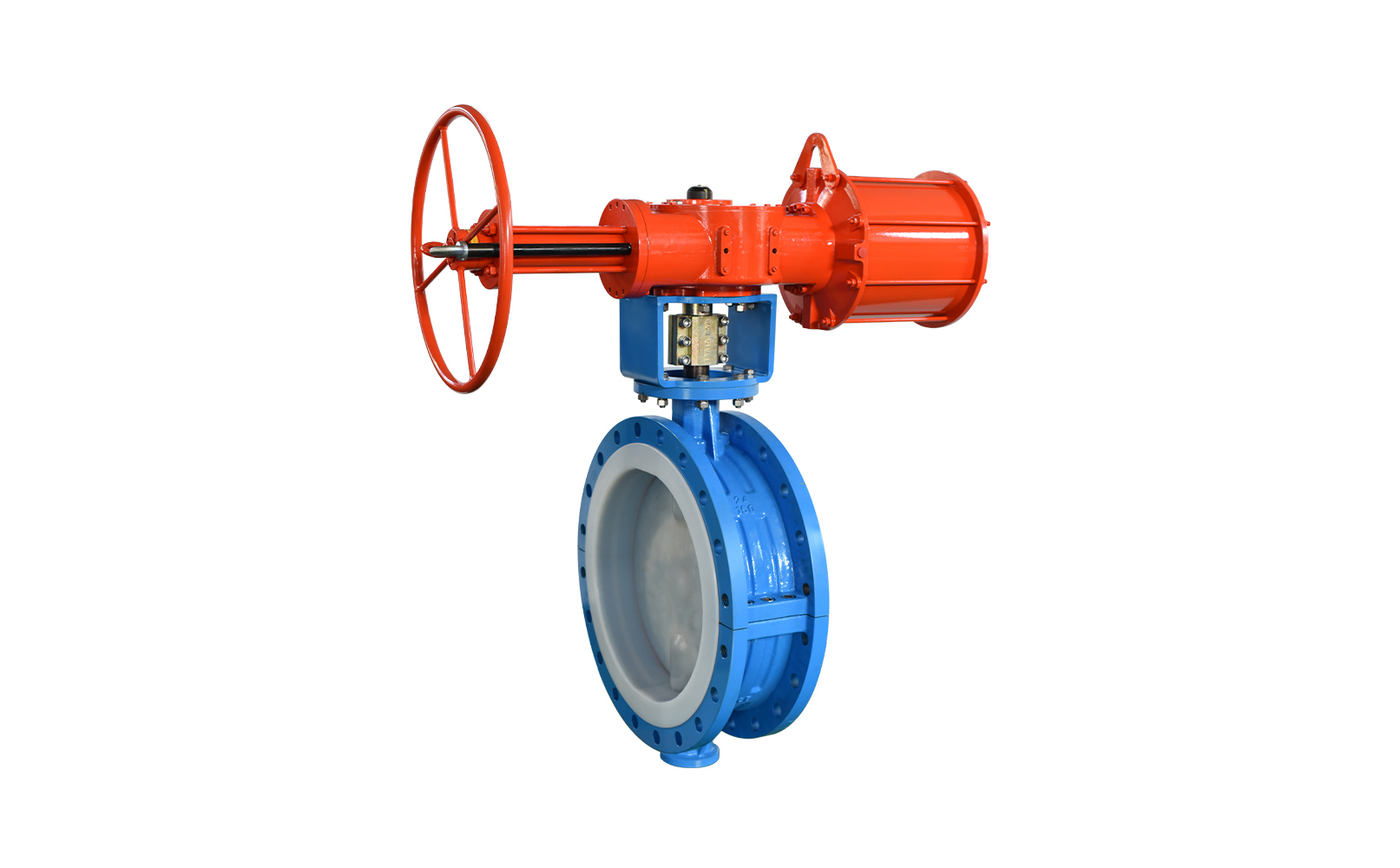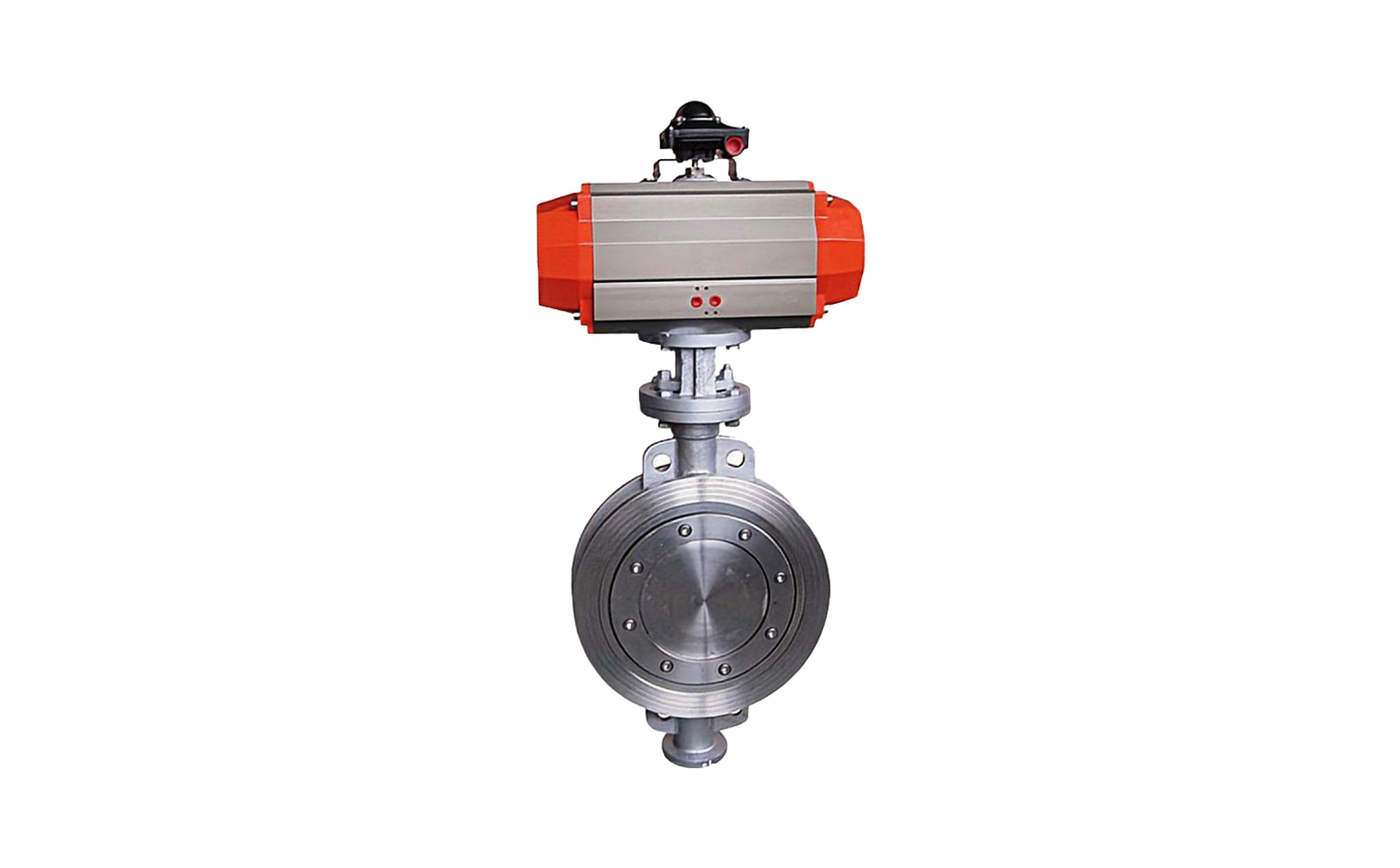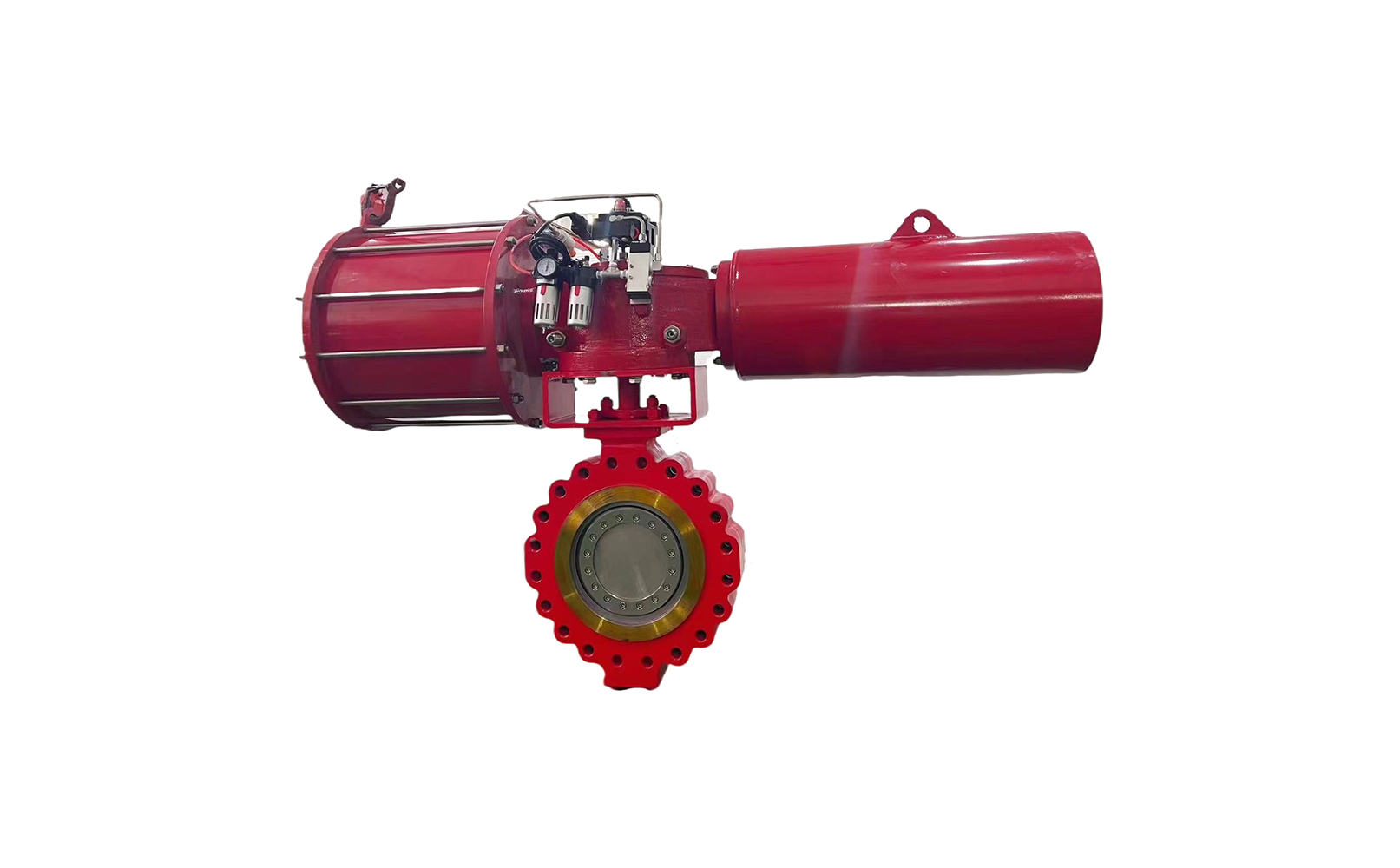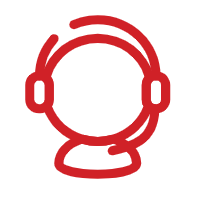- 01The structure of the concentric butterfly valve is simple and easy to be manufactured. It only includes the butterfly plate, valve stem, valve seat and housing.
- 02The butterfly valve close to the valve seat is designed with two smooth planes on the left and right sides, which are in close contact with the valve seat sleeve made of plastic to ensure that the material does not leak on both sides.
- 03The structure is simple and compact, small and light, easy to transport, install and disassemble.
- 0490° switch, fast switching. The operating torque is small, labor-saving and light, and the reaction speed is faster when opening or closing.
- 05The flow characteristics are similar to the straight line, and the adjustment performance is good.
- 06There are various connection methods of the concentric butterfly valve, including clamp type, flange type, wafer type, etc., to achieve a close connection with the pipeline.
-
 API
API -
 АСМЕ
АСМЕ -
 АНСИ
АНСИ -
 RU
RU -
 ДИН
ДИН -
 ГОСТ
ГОСТ -
 ГБ
ГБ -
 JIS
JIS
| The characteristics of concentric butterfly valve |
The channel is designed as an aperture structure, which ensures the flow area of the gate valve and reduces the pressure loss of the liquid after passing through the gate valve. The plate adopts a disc-shaped streamline design, which can not only ensure the strength of the butterfly plate, but also ensure that the gate valve can obtain a larger flow coefficient and a smaller fluid resistance coefficient. The valve seat seal is designed as a soft seal structure of a rubber resin frame (fixed sleeve), which is inserted into the oil circuit board after being made. The inner ring line is higher than the inner wall of the oil circuit board and adopts a streamlined shape to achieve the effect of reducing pressure loss. When the valve body is closed, the butterfly plate rotates 0~90 degrees, and the valve seat sleeve made of plastic is gradually reduced, so that the elasticity formed by the compression and deformation of the valve seat sleeve is used as the sealing pressure ratio required to ensure the sealing of the gate valve. |
| Technical Parameters | |
| Size | DN15-DN1500, 1/2''-60'' |
| Pressure | PN10-PN420, Class150-Class2500 |
| Temperature | -200°C to 650°C |
| Connection Type | Flange, Thread, Wafer, Welded |
| Operation Mode | Manual, Pneumatic, Electric, Hydraulic, Gear operation |
| Materials | ||
| Valve Body | Forged | A105, LF2, F5, F9, F11, F22, F304, F316, F347, F904, F51, F53, F310, N08020, Inconel625, etc |
| Cast | WCB, LCB, C5, C12, WC6, WC9, CF8, CF8M, CF8C, 4A, 5A, CN7M, C95800, CW6MC, etc | |
| Valve Stem | F6a, 17-4PH, XM-19, F304, F316, F347, F904, F51, F53, F310, Monel400, Monel500, N08020, Inconel625, Incoloy825, etc | |
| Valve Disc | A105, LF2, F5, F9, F11, F22, F304, F316, F347, F904, F51, F53, F310, N08020, Inconel625, F6a, 17-4PH, XM-19, F304, F316, F347, F904, F51, F53, F310, Monel400, Monel500,Incoloy825,WCB, LCB, C5, C12, WC6, WC9, CF8, CF8M, CF8C, 4A, 5A, CN7M, C95800, CW6MC, etc. | |
| Seat Sealing | SS, BR, CU, AS, CS, AL, PTFE, NBR, FKM, AI203, etc | |
| Design Standards | |
| Valve Body | API 6D, API 608, ASME B16.34, DIN 3357, BS 5351, GOST 9833, JIS B2071, GB/T 12237, etc. |
| Flange | ANSI B16.5, EN 1092-1, JIS B2220, GB/T 9113, ASME B16.47, GOST 12821, DIN 2543-2545, etc. |
| Connection | ANSI B16.10, ASME B16.25, JIS B2212, GOST 33259, DIN 3202, etc. |
| Test Standards | API 598, ISO 5208, BS EN 12266, ASME B16.104, GOST 9544-2015, JIS B2003, DIN 3230, etc. |

